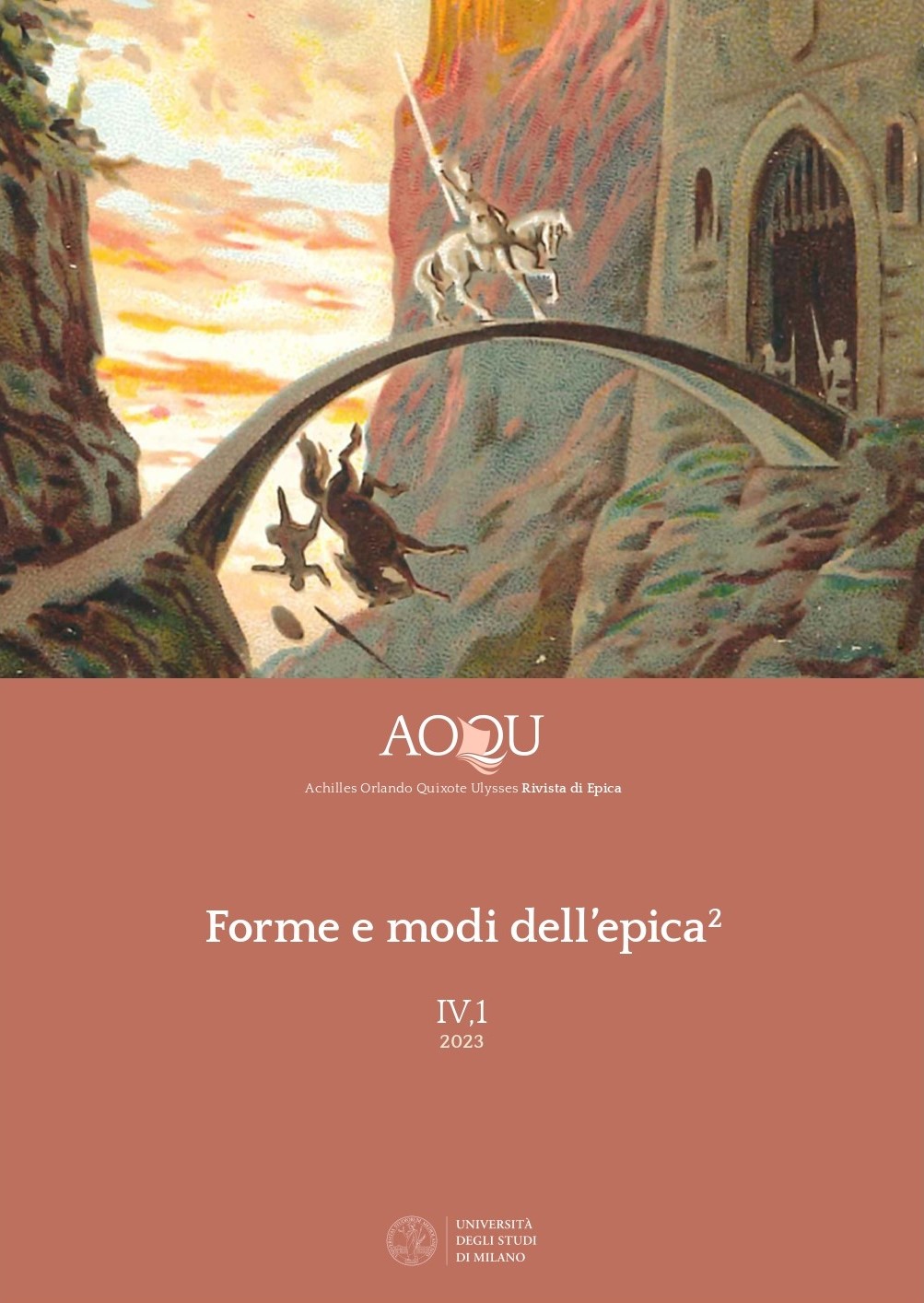Abstract
The essay focuses on the two dynastic ecphrases in Boiardo's poem (II XXV and XXVII), highlighting some aspects of the way in which they are structured, with the intention of better understanding their porpose, their possible chronological placement and their relationship to the compositional events of the poem. According to the interpretation proposed, the ecphrasis of Canto XXV aims not only at correcting the historical errors in the genealogy that concludes Canto XXI, but at the primary intent of glorifying the Este white eagle and its role as a historical ally of the Church, probably at a time of difficulty in relations with Pope Sixtus IV, which could coincide with the early 1480s, not necessarily with the outbreak of war with Venice. It is suggested that this ecphrasis was conceived together with that of Canto XXVII, which exalts the dynasty of the Aragonese, and in particular the figure of Alfonso, Duke of Calabria, identified since the formation of the League among Milan, Florence and Naples as a key figure in the preservation of the Estense State. Thus it is discussed the possibility that the first version of the Inamoramento included the so-called octave II XXVII 56bis, extolling Alfonso's military exploits, contrary to the opinion of prominent Boiardists, and in particular Antonia Tissoni Benvenuti and Cristina Montagnani, but according to Tiziano Zanato.

